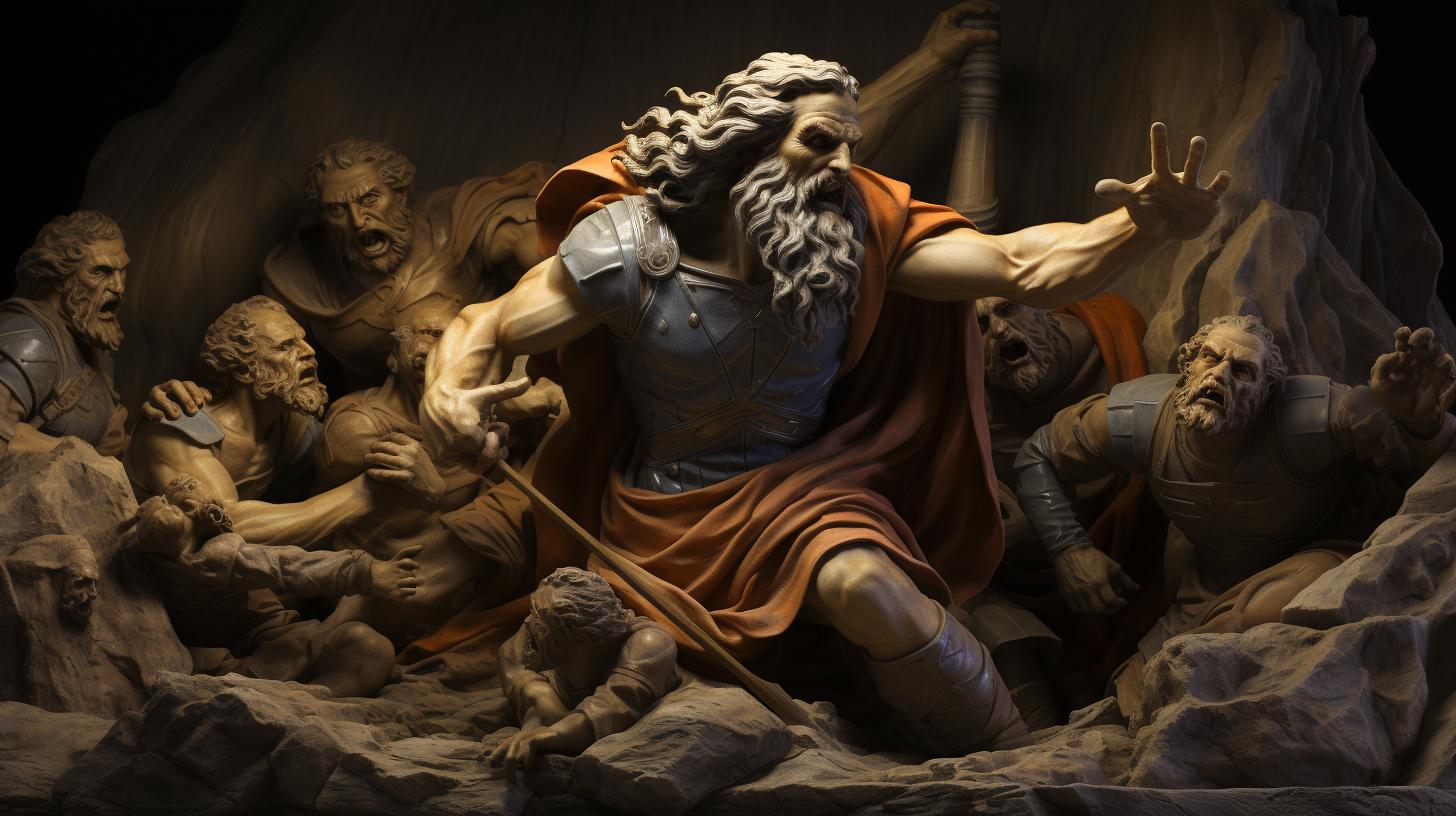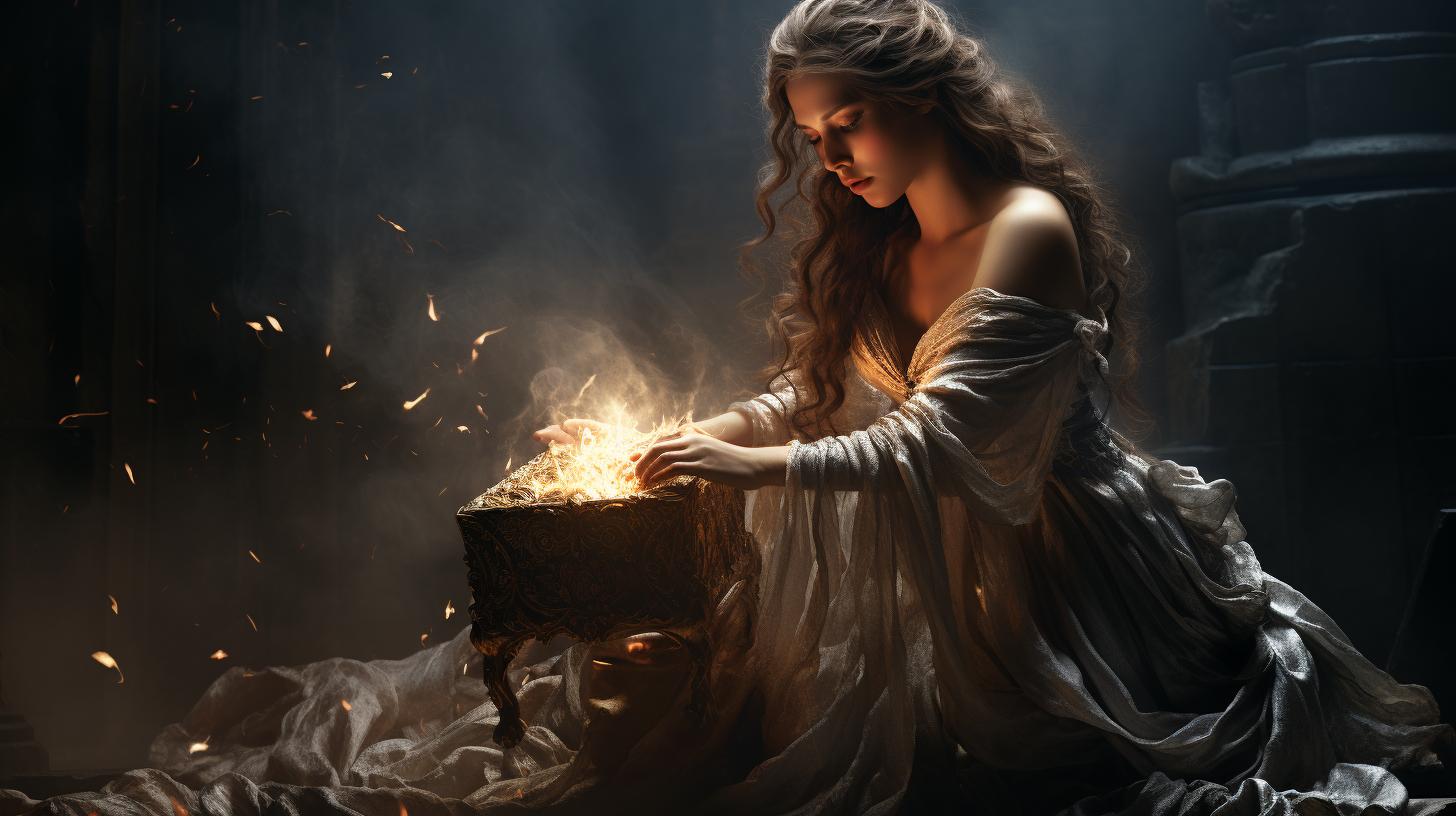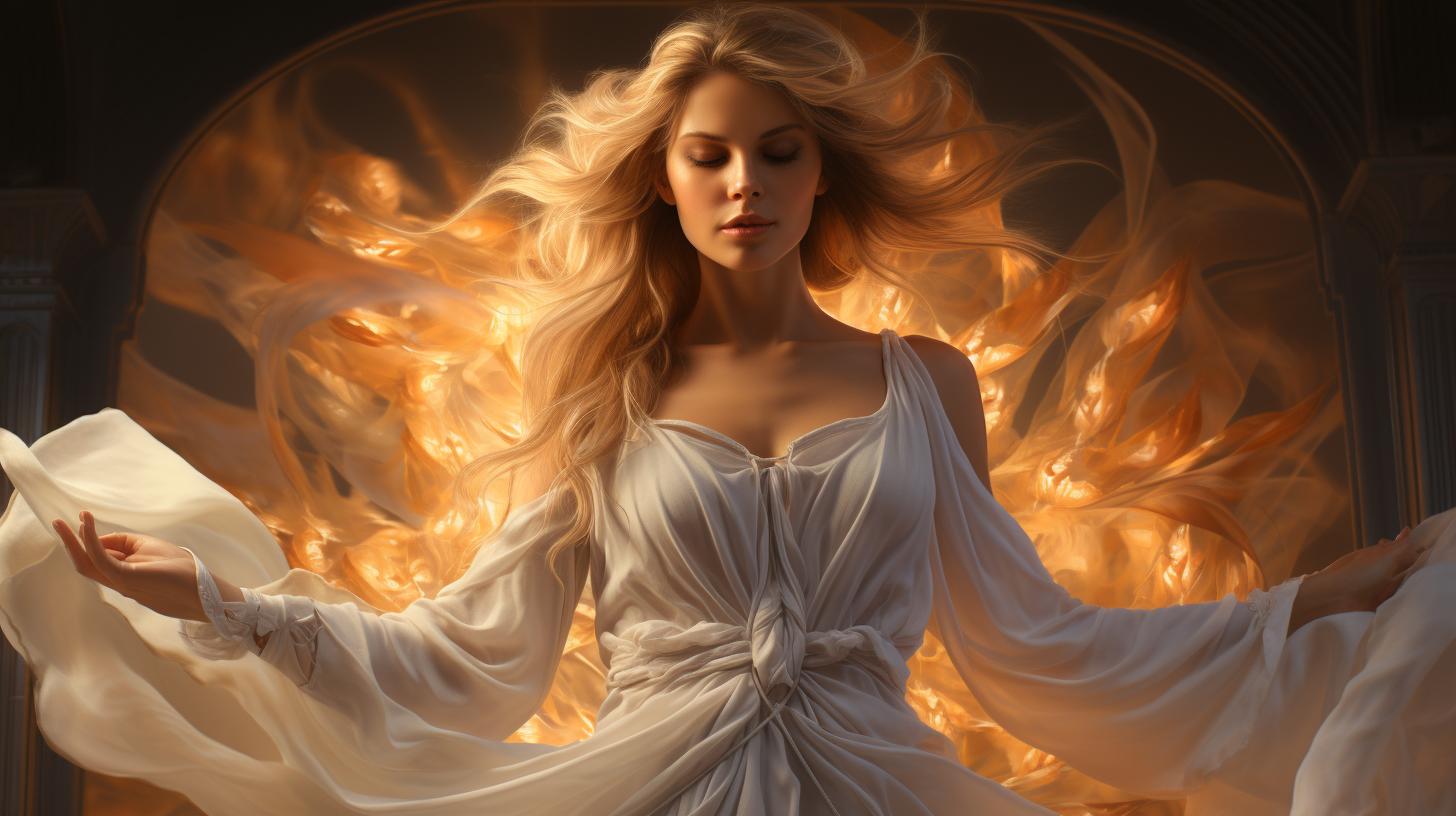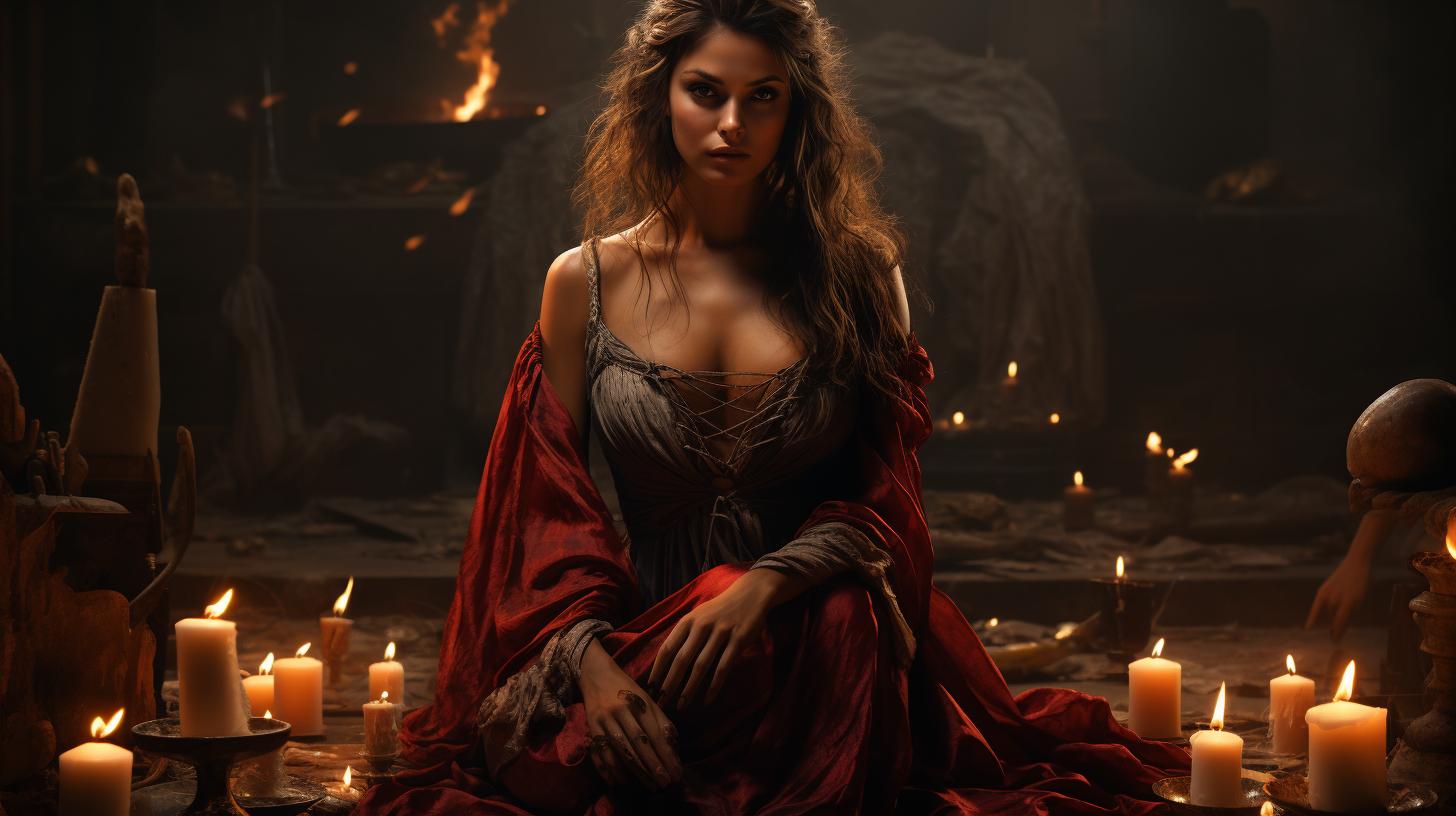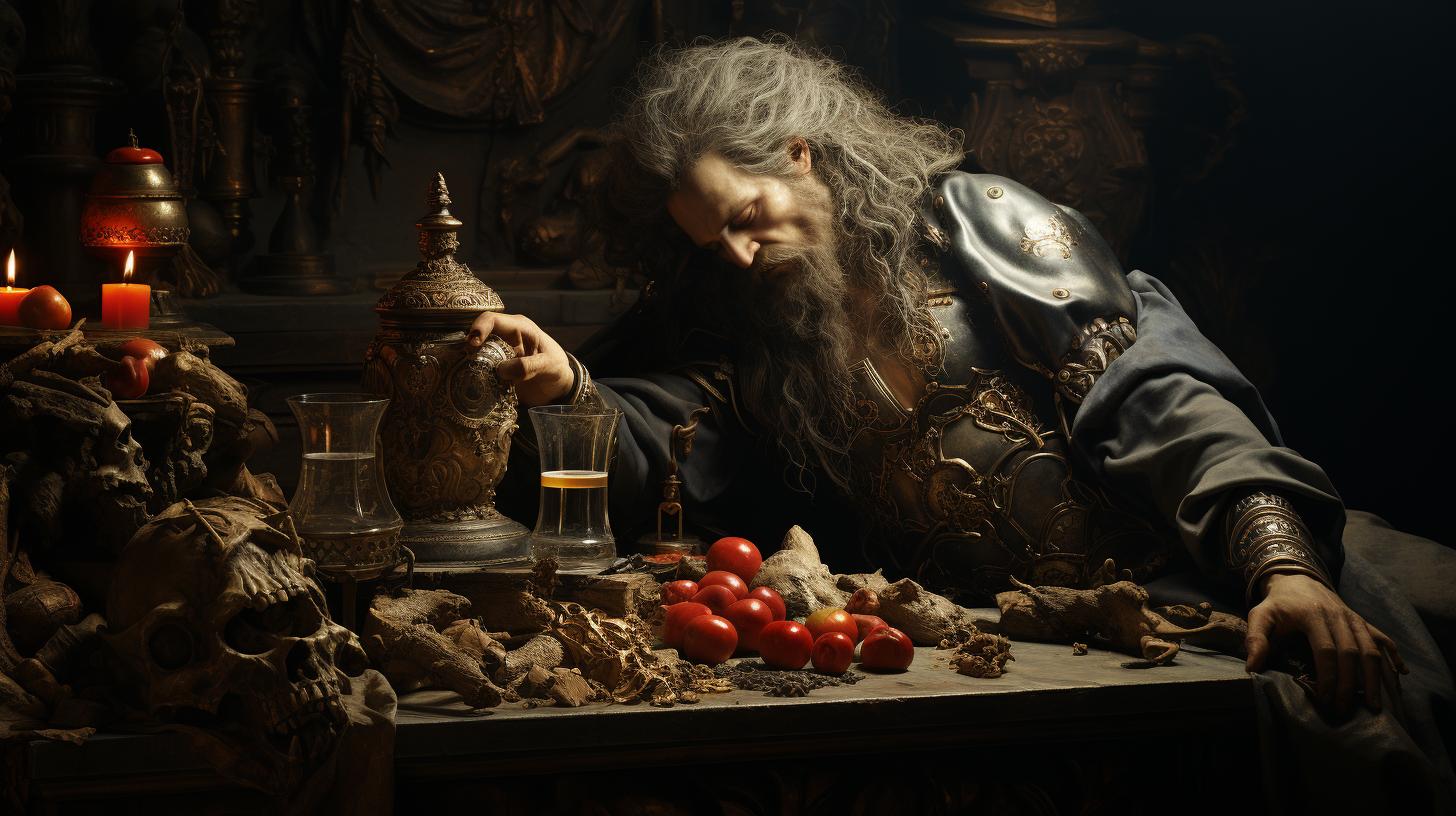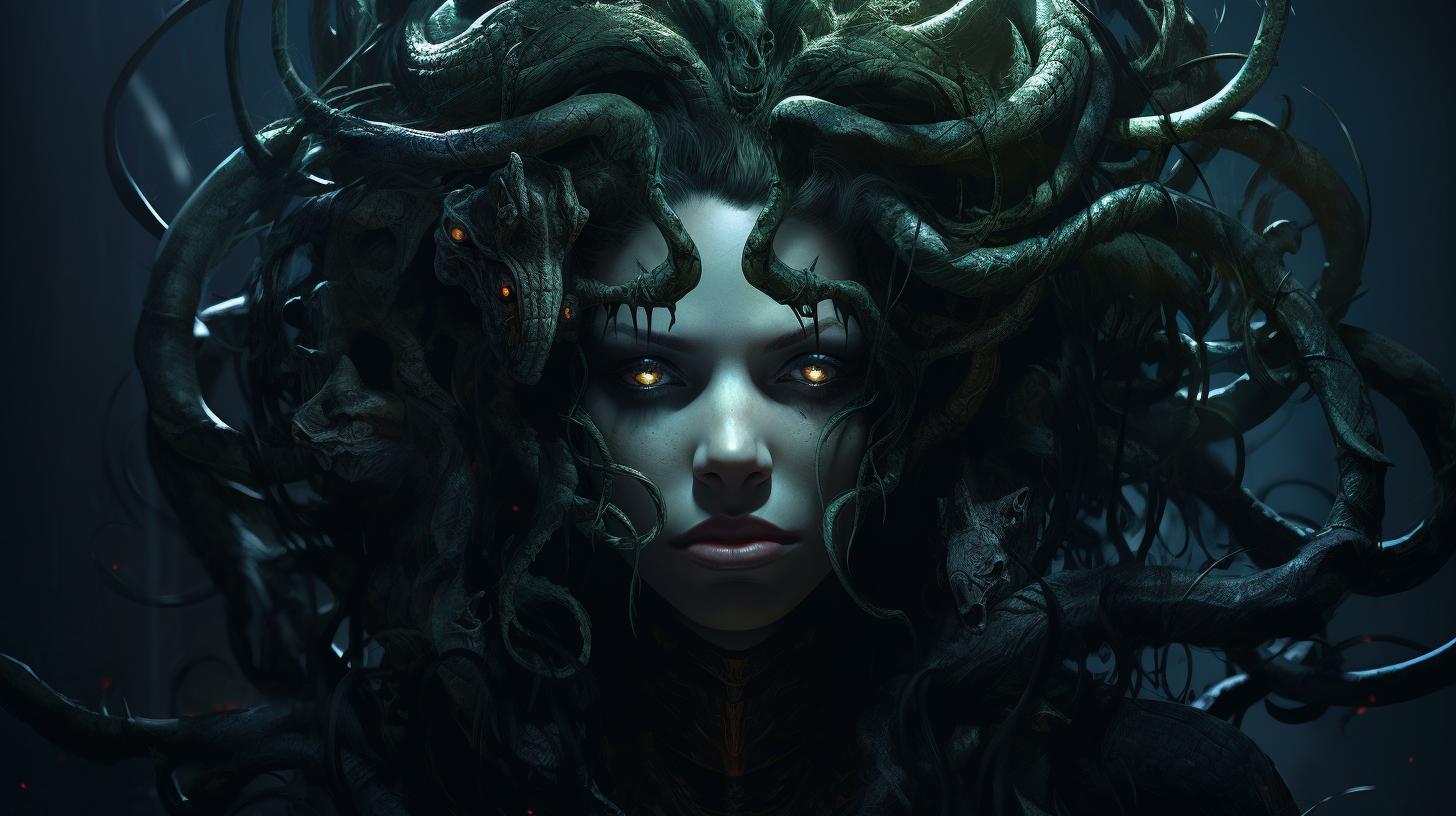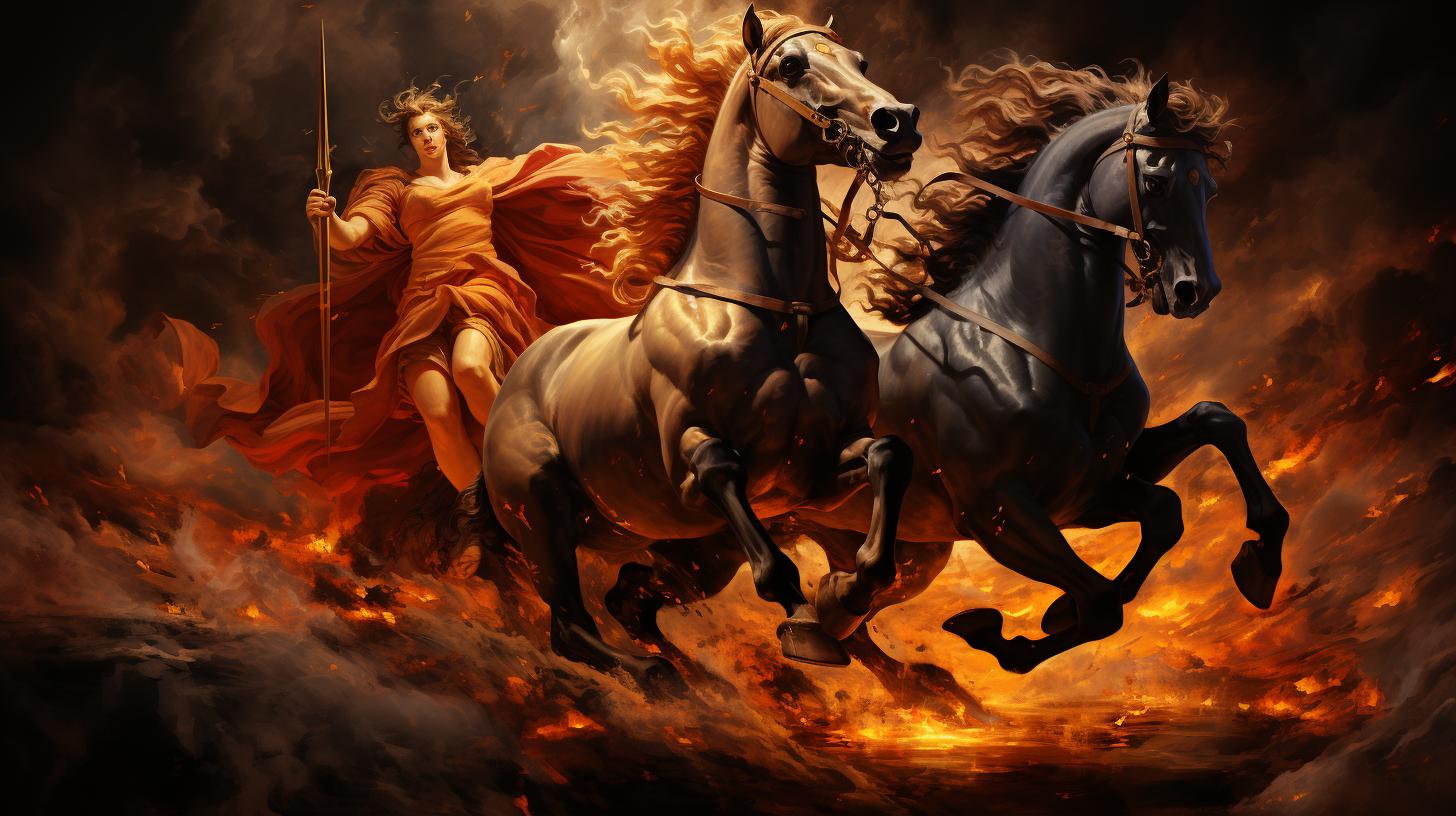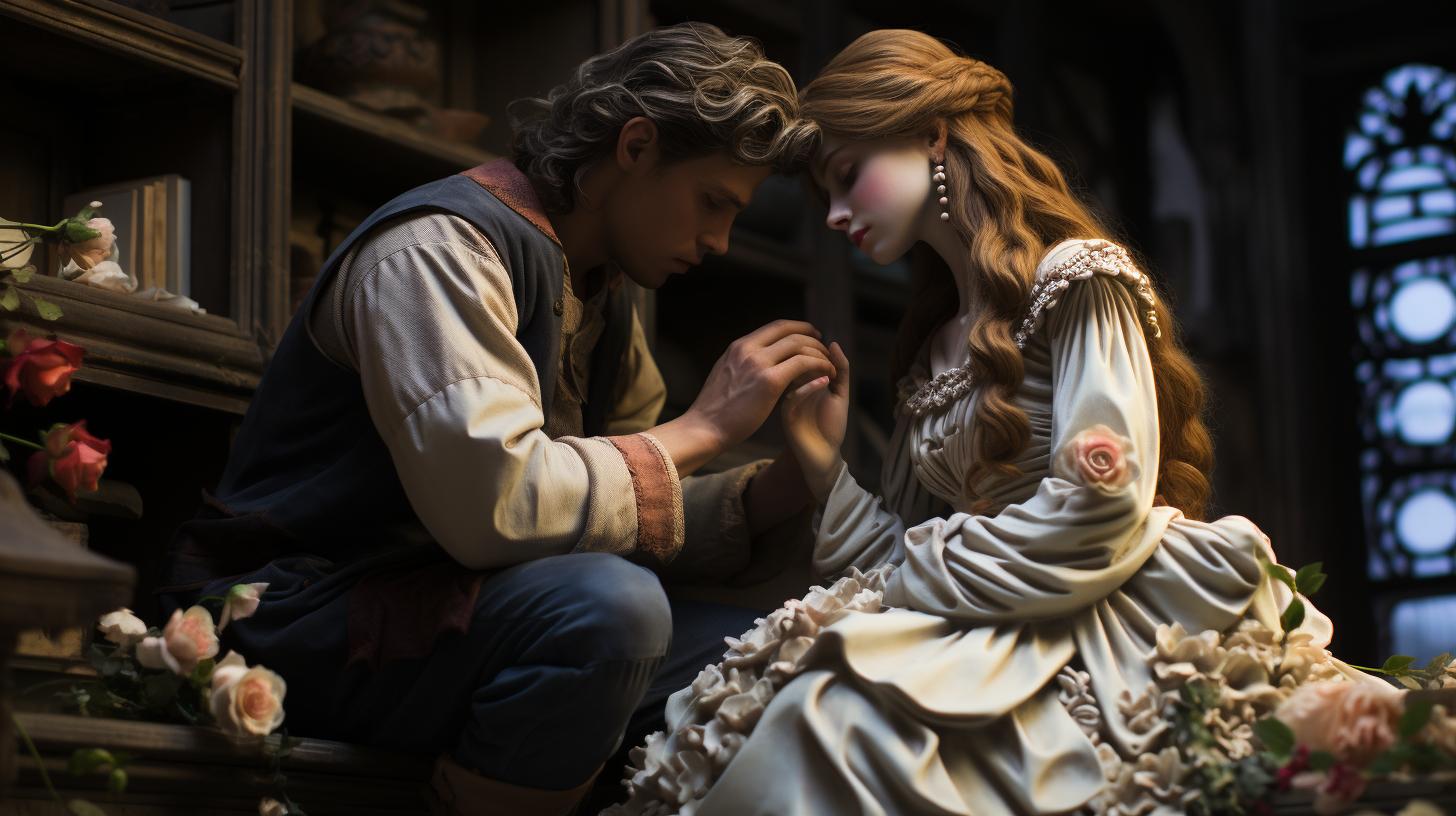Heracles: The Iconic Greek God of Strength and Bravery
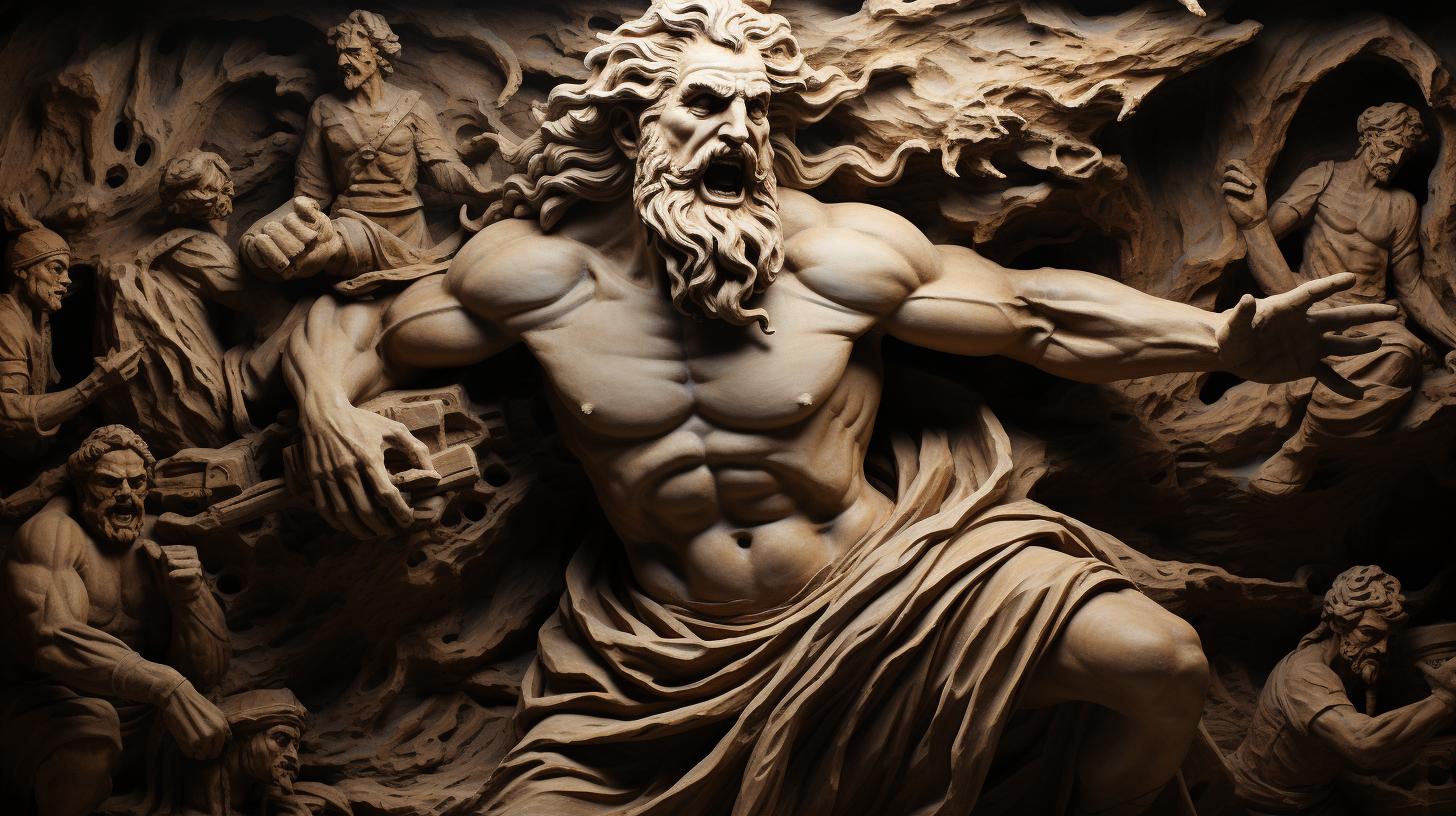
Heracles, the mighty Greek god, is renowned for his incredible strength and bravery. Born in Thebes as the son of Zeus and Alcmene, his early feats included strangling serpents sent to kill him.
Despite facing torment from Zeus’s wife Hera, Heracles embarked on a series of challenging tasks, known as the Twelve Labours, as repentance for a tragic act. He later engaged in various adventures, fought in the Trojan War, and rescued Prometheus. Widely celebrated throughout history, Heracles has captivated audiences with his extraordinary tales of heroism and resilience.
Heracles in Greek Mythology
Heracles, a prominent figure in Greek mythology, is revered for his exceptional strength and courageous exploits. This section delves into his captivating journey, exploring his birth and origins, the torment he endured during childhood, the monumental Twelve Labours he undertook, his thrilling adventures and quests, and his numerous love affairs and offspring.
Let’s delve into the fascinating world of Heracles and uncover the legendary tales that have enthralled audiences for centuries.
Birth and Origins of Heracles
Heracles, the son of Zeus and Alcmene, was born in the city of Thebes. His divine lineage bestowed upon him an inherent strength surpassing that of any mortal. The circumstances surrounding his birth and the unique events that transpired laid the groundwork for his extraordinary destiny.
Hera’s Torment and Heracles’s Childhood
From an early age, Heracles faced the wrath of Hera, Zeus’s wife, who resented his existence. This torment, inflicted by the queen of the gods, shaped his childhood and tested his resilience.
Despite these adversities, Heracles’s innate strength and determination remained undeterred.
The Twelve Labours of Heracles
The most renowned aspect of Heracles’s myth is his Twelve Labours, which served as a penance for a tragic act committed in a fit of madness induced by Hera. These astonishing tasks, ranging from slaying the Nemean Lion to cleansing the Augean stables, demonstrated not only his physical might but also his indomitable will and bravery.
- The first of the Twelve Labours required Heracles to vanquish the ferocious and invulnerable Nemean Lion, a formidable opponent whose impenetrable hide seemed impervious to any weapon.
- Another labour entailed capturing the wild and fearsome Erymanthian Boar, a creature wreaking havoc in the land.
- Heracles faced the daunting challenge of cleansing the vast and filth-ridden Augean stables, home to thousands of cattle.
With his sheer strength, he accomplished this seemingly impossible feat.
Defeating the Nemean Lion
Capturing the Erymanthian Boar
Cleaning the Augean Stables
Heracles’s Adventures and Quests
Beyond the Twelve Labours, Heracles embarked on numerous adventures that tested his mettle and showcased his heroism. Joining the band of Argonauts, he ventured on the quest for the Golden Fleece.
Heracles also played a crucial role in the Trojan War, where his valor was instrumental. Additionally, he rescued the long-suffering Titan Prometheus from eternal torment, proving his compassion and benevolence.
Love Affairs and Offspring of Heracles
Heracles’s life was marked by passionate love affairs, resulting in a vast lineage of mortal and immortal offspring. His amorous exploits and complicated relationships unveiled the complexities of his character and fueled the ongoing legacy of his bloodline throughout Greek mythology.
Heracles in Roman Mythology
In Roman mythology, the tale of Heracles, or Hercules as he is known, was reinterpreted and adapted to fit within the Roman pantheon. The Romans embraced and incorporated Greek deities into their own mythology, giving them their own characteristics and challenges.
Here is a closer look at Heracles in Roman mythology:
Roman Adaptation and Challenges
As the Romans adopted Greek myths, they added their own elements and challenges to the story of Heracles. In contrast to the Greek version, Hercules faced personal challenges right from his birth.
Juno, the Roman counterpart of Hera, sought to kill him out of jealousy towards his divine heritage. Hercules managed to survive Juno’s attempts, showcasing his resilience and strength even from his earliest days.
Depiction in Roman Art
Hercules was a popular subject in Roman art, often depicted in sculptures, murals, and mosaics. These artistic representations highlighted his muscular physique and depicted him in various heroic poses. The Romans admired and celebrated Hercules as a symbol of physical prowess and strength.
Association with the Aventine Hill
The Aventine Hill in Rome was closely associated with Hercules. It was believed that the hero had a sanctuary or temple dedicated to him on this hill. The site became a place of worship and pilgrimage for those seeking the protection and blessings of Hercules.
Worship and Deity Connected to Children and Childbirth
Hercules was worshipped as a deity connected to children and childbirth in Roman culture.
Parents sought his divine assistance for safe and healthy pregnancies, as well as protection for their children. Offerings and prayers were made in hopes of ensuring the well-being and prosperous lives of the young.
Throughout Roman mythology, Heracles, or Hercules, took on a distinct character and significance. His story of strength, heroism, and triumph over challenges resonated with the Roman people, and he became an integral part of their religious and cultural landscape.
Heracles in Renaissance and Middle Ages
The figure of Heracles continued to hold fascination and inspire artists and writers throughout the Renaissance and Middle Ages. During this period, there was a renewed interest in Greek mythology, and Heracles, also known as Hercules, became a popular subject in literature and art.
Renewed Interest in Greek Mythology during the Renaissance
The Renaissance marked a cultural rebirth and revival of classical knowledge and ideas. Scholars and artists of this era rediscovered ancient Greek texts and myths, including the tales of Heracles. These stories became a source of inspiration, promoting ideals of heroism, valor, and moral strength.
Hercules as a Popular Subject in Literature and Art
Hercules became a prominent figure in literature and art during the Renaissance. His tales of strength, bravery, and overcoming obstacles resonated with artists and writers, who depicted him in paintings, sculptures, and written works.
Hercules’s labors and adventures were often portrayed, emphasizing his physical prowess and righteous character.
Hercules as a Role Model during the Middle Ages
In the Middle Ages, Hercules was seen as a role model for his valor and wisdom. His mythical battles against monstrous creatures were interpreted as representations of moral obstacles faced by individuals.
Hercules’s stories were used as allegories, teaching lessons about courage, self-control, and the triumph of good over evil.
Representations of Moral Obstacles through Hercules’s Battles
Hercules’s battles with various monsters, such as the Hydra, the Nemean Lion, and the Lernaean Hydra, were seen as symbolic struggles against moral challenges and spiritual growth. These battles served as metaphors for the inner conflicts faced by individuals, showcasing the importance of perseverance, virtue, and self-discipline in overcoming adversity.
.

